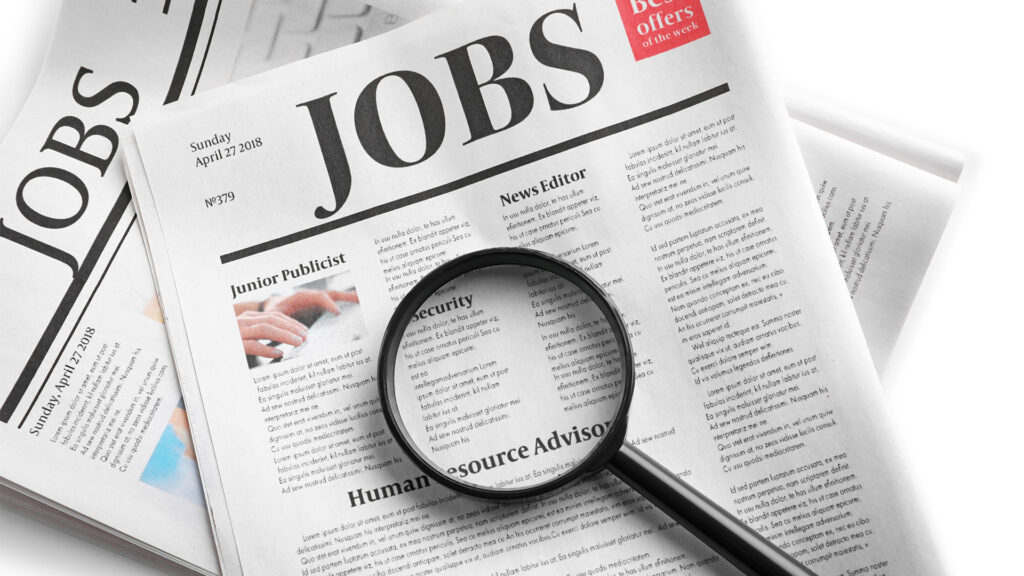No rate cut is anticipated from the US Federal Reserve following the robust January jobs report and substantial revisions to December’s figures.
While no one is ruling out a rate cut this year just yet, more thoughtful US analysts are contemplating whether such a move would be likely if strong job and economic data, along with declining inflation, persist for the next couple of months.
The recent surge in US bond yields, with increases of up to 20 points for five-year securities and 14 points for the key 10-year bond, has triggered a sudden wave of market nervousness.
If these rising yields are driven by stronger economic data, the likelihood of a rate cut this year diminishes, especially with the upcoming elections in early November, after which the chances of a cut may disappear from July onward.
While January’s jobs report was excellent for those with new or existing jobs, wage growth, and the overall economy, it did not bode well for the prospect of lower rates from the Federal Reserve in the near future.
The January job data exceeded expectations, with the US economy adding 353,000 jobs last month, compared to December’s 333,000 (which was revised up by 117,000) and November’s small upward revision of 9,000, totaling 479,000 new jobs confirmed in Friday’s announcement.
Furthermore, wages continue to rise, with a 0.6% increase in the month pushing the annual rate 4.5% higher. Economists attribute the larger-than-expected wage rise to the impact of winter weather, which led to thousands of lower-paid workers being idled, particularly in the Midwest and Upper East Coast of the US. Office and warehouse workers, who typically earn more per hour, continued working.
The jobs data revealed that job losses in the month were primarily in outdoor industries such as quarrying, mining, and oil and gas production, where facilities closed due to inclement weather.
Chair Jay Powell, who ruled out a March rate cut at his post-Fed media meeting last Wednesday, is scheduled for a rare interview on CBS’s 60 Minutes on Monday morning, Sydney time.
Former President Donald Trump stated on Friday that he would not reappoint Powell if he regains the White House.
In a news release, CBS outlined the topics Powell will be asked about, including inflation risks, the economy, the timeline for rate cuts, the health of American banks, the impact of the nation’s deficit, and more.
Economists are astonished by the strong job numbers, as employers continue to hire vigorously despite expectations of a cooling labor market due to the Fed’s rate hikes starting in early 2022. Unemployment remains low at 3.7%, marking two years below 4%, a level not seen since the 1960s.
One minor concern is the half-hour drop in average hours worked over the past year, with much of it occurring last month due to cold weather affecting the Midwest, South, and Upper East Coast.
Additionally, thousands of job losses were announced in late January, including 12,000 from FedEx and 300 journalists who lost their jobs when a news website collapsed.
While Powell’s decision to rule out a March rate cut at his Wednesday media conference was prescient, many analysts, investors, and commentators expressed frustration and disagreement. However, the strong January jobs figure and the additional jobs in December have validated his stance.
As Seema Shah, Chief Global Strategist at Principal Asset Management, noted in a post-data release statement, “The dramatic upside surprise to both jobs and wage growth means that a March rate cut must be off the table now, and a May cut is also now potentially on ice.”
In conclusion, it is challenging to envision the Fed cutting interest rates as long as the economy continues to add 300,000 jobs per month and wages experience robust growth.

